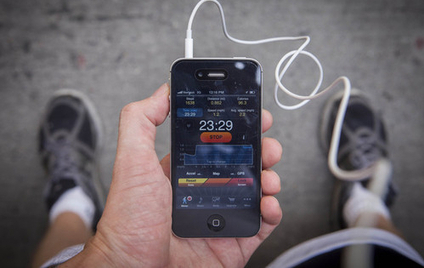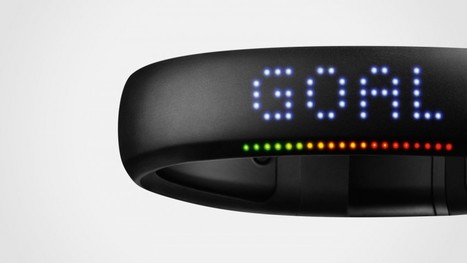The concepts of “self-tracking” and “the quantified self” have recently begun to emerge in discussions of how best to optimize one’s life. These concepts refer to the practice of gathering data about oneself on a regular basis and then recording and analyzing the data to produce statistics and other data (such as images) relating to one’s bodily functions and everyday habits. Some self-trackers collect data on only one or two dimensions of their lives, and only for a short time. Others may do so for hundreds of phenomena and for long periods.
The tracking and analysis of aspects of one’s self and one’s body are not new practices. People have been recording their habits and health-related metrics for centuries as part of attempts at self-reflection and self-improvement.
What is indisputably new is the term “the quantified self” and its associated movement, which includes a dedicated website with that title, and regular meetings and conferences, as well as the novel ways of self-tracking using digital technologies that have developed in recent years.
A growing range of digital devices with associated apps are now available for self-tracking [1]. Many of these devices can be worn on or close to the body to measure elements of the user’s everyday life and activities and produce data that can be recorded and monitored by the user. They include not only digital cameras, smartphones, tablet computers, watches, wireless weight scales, and blood pressure monitors, but also wearable bands or patches, clip-on devices and jewelry with embedded sensors able to measure bodily functions or movement and upload data wirelessly.
In many of these devices global positioning devices, gyroscopes, altimeters, and accelerometers provide spatial location and quantify movement. These technologies allow self-trackers to collect data on their moods, diet, dreams, social encounters, posture, sexual activity, blood chemistry, heart rate, body temperature, exercise patterns, brain function, alcohol, coffee and tobacco consumption, and many other variables.
Read more at the original source: http://ieeexplore.ieee.org/stamp/stamp.jsp?reload=true&tp=&arnumber=6679313



 Your new post is loading...
Your new post is loading...










